Updated March 13, 2018
By Chris Deziel
If you put a rubber tire in a furnace – even a hot one – it won't melt. The tires are vulcanized, which means they've been through a process that combines the rubber molecules with carbon and other elements to prevent them from oxidizing, or burning. It's why hot rodders can "burn rubber" without setting anything on fire. The conventional way to recycle tires is to freeze them and pound them into tiny pieces, but the rubber industry has developed a method to extract rubber from tires using heat. The process is done completely without oxygen.
Vulcanization involves kneading rubber with other ingredients, including oils, carbon fillers and plasticizers, and then heating it at high temperatures. The polymers in the mixture become cross-linked during the process, and after that happens, you can't undo the links.
It's similar to the cross-linking that occurs when polyurethane dries. Every painter knows that once a polyurethane coating has cured, you can't melt it with solvents; if you want to remove it, you have to scrape it off. Another analogy comes from the kitchen. After you combine flour, water and yeast into bread, you can't recover those ingredients by heating the bread or dissolving it in water.
Americans discard approximately 100 million tires every year, which begs some type of recycling method to prevent overloading landfills. A common method is to chop the tires into half-inch pieces and mix the pieces with liquid nitrogen at a temperature of minus 148 degrees Fahrenheit (minus 100 degrees Celsius). This procedure makes them brittle and easy to crush into a fine powder with particles averaging about 180 microns in diameter. This process, known as cryogenic grinding, produces a powder that mixes readily with other materials, including asphalt, paint, plastic and new rubber tires. It still won't burn, though.
It still won't burn, though.
Although you can't turn bread back into flour and yeast, you can recover some of the original ingredients in tires by heating them in a special furnace. The process is called pyrolisis, and it's based on the principle that if you heat tires without oxygen, they will decompose to a point that the original ingredients are recoverable.
Pyrolisis has been used for 300 years to refine coke from coal, but it has drawbacks. One is that the recovered materials are seldom pure. Another is that it requires a large amount of energy, and a third is that the furnace can explode if oxygen gets in.
A Swedish recycling company overcomes these drawbacks with an innovative approach. It uses a closed system to prevent the introduction of oxygen, and it recycles the energy needed for start-up by introducing new rubber to the already heated gases. At 1,112 degrees Fahrenheit (600 degrees Celsius), the gases are hot enough to melt the new rubber almost immediately, which results in cleaner separation of the melted rubber from gases and other aggregates.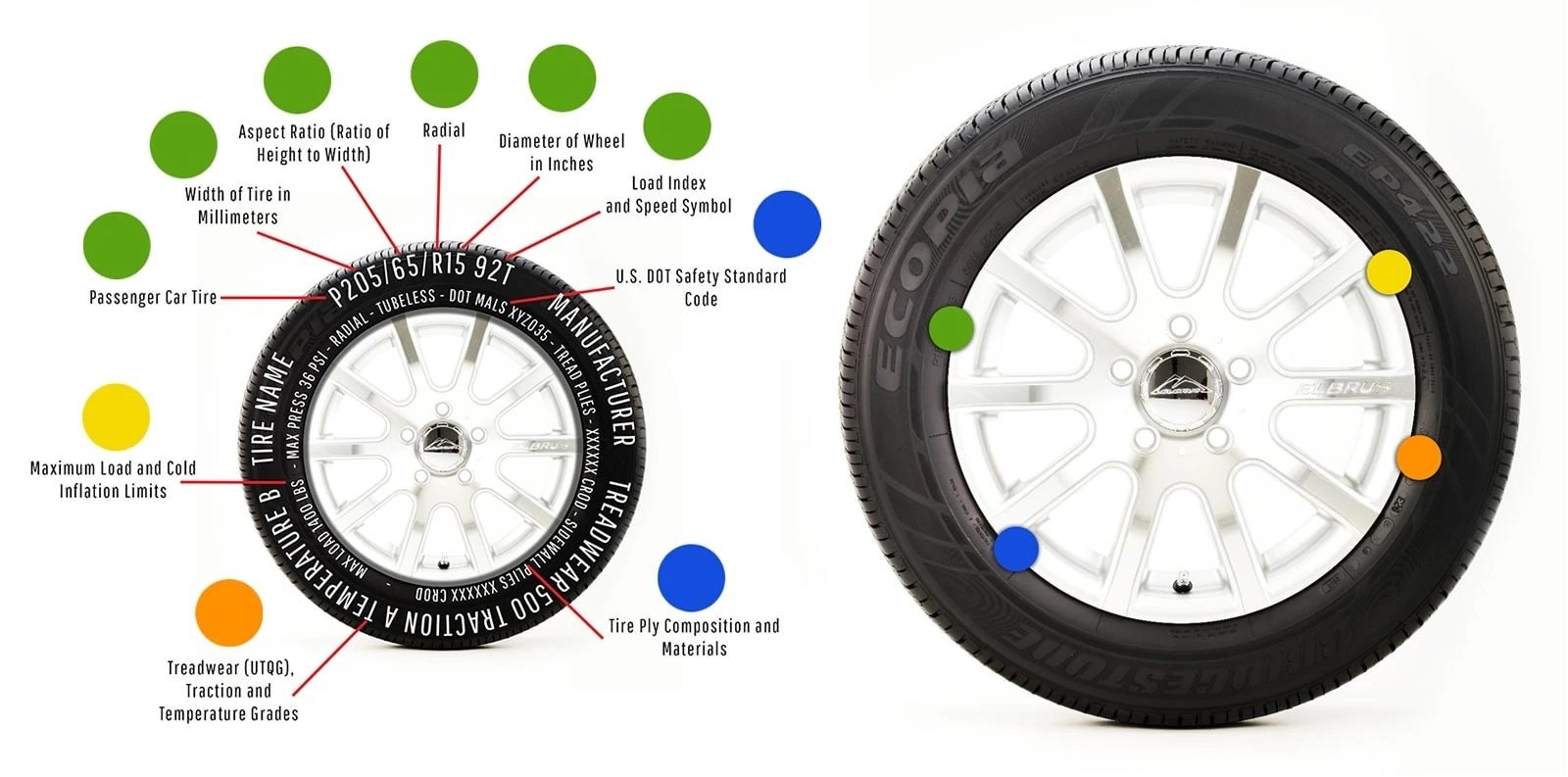
Whether obtained from cryogenic grinding or from pyrolisis, scrap rubber still contains impurities that make it unsuitable for molding directly into new tires. However, tire manufacturers often use it as an additive, and recycled rubber is a common ingredient in rubberized asphalt, which is used to make new roadways, sidewalks and playground pads. For this reason, it's a sought-after commodity. Moreover, the steel that helps tires maintain their shape can be recovered and recycled into new steel.
Melting rubber tyres is necessary because it is not possible to recycle the rubber in the tyre without melting it down. Recycled tyres can be used to make different household items from, such as shoes, exhaust hangers and even kitchen sinks. However, melting a rubber tyre is almost impossible to accomplish unless you know the basic principles. There are six basic steps you will need to perform to successfully melt rubber tyres.
There are six basic steps you will need to perform to successfully melt rubber tyres.
Use a tyre shredder to slice up the tyres and make small pieces of rubber. This is done by carefully loading the tyres into the feed opening of the shredder. Once the rubber tyre is inside the machine, sharp blades cut the tyre into small pieces.
Separate the metal parts and non-rubber materials by centrifuge. Use a centrifuge machine. The non-rubber parts are tiny pieces of metals, steel and fabric fibres. The machine will rotate the shredded parts, and separate the heavier materials at the periphery, where you can easily collect and discard them.
Fill one-third of the heating chamber of the furnace with a liquid which has a higher boiling point and higher density than rubber. Heavy oils are often used.
Put the shredded rubber pieces from the tires into the liquid, and heat them at a temperature range of 399 to 538 degrees Celsius (750 to 1000 degrees Fahrenheit). The melted rubber from the tyres will float on the liquid oil. There will be an outlet pipe connected to the outlet chamber at the same level where the liquid oil surfaces.
The melted rubber from the tyres will float on the liquid oil. There will be an outlet pipe connected to the outlet chamber at the same level where the liquid oil surfaces.
Clean the tyres before using them, it will save your time at step two.
Melting rubber tyres can be dangerous if you don't follow the steps properly. If you use a vacuum chamber, then there is the possibility that it may explode if the liquid starts to boil. You must use liquid which has higher boiling point than the melting temperature of the rubber. The temperature should not be more than 538 degrees Celsius (1000 degrees Fahrenheit), otherwise the tire will start burning. If the temperature is lower than 399 degrees Celsius (750 degrees Fahrenheit) then the melting will not complete. The chamber must be oxygen-free to avoid burning. Always wear the protective clothing because the fumes are very dangerous for health.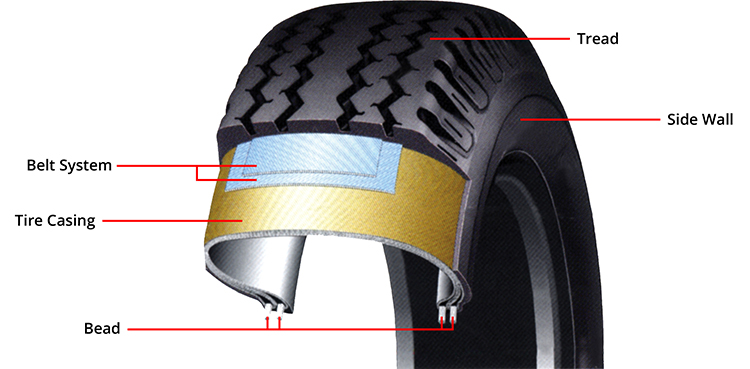
It has long been known that worn-out tires that are out of service are a potential source of environmental pollution and environmental damage. Recycling tires into crumbs at home is the same popular method, along with factory ones. Rubber waste from used tires is virtually non-biodegradable, taking hundreds of years to decompose.
It should be noted that this rubber waste is a flammable material, and if a huge number of tires ignite, they can carry a poisoning threat to everyone nearby, since the rubber releases carcinogenic toxins, such as benzpyrene, when burned.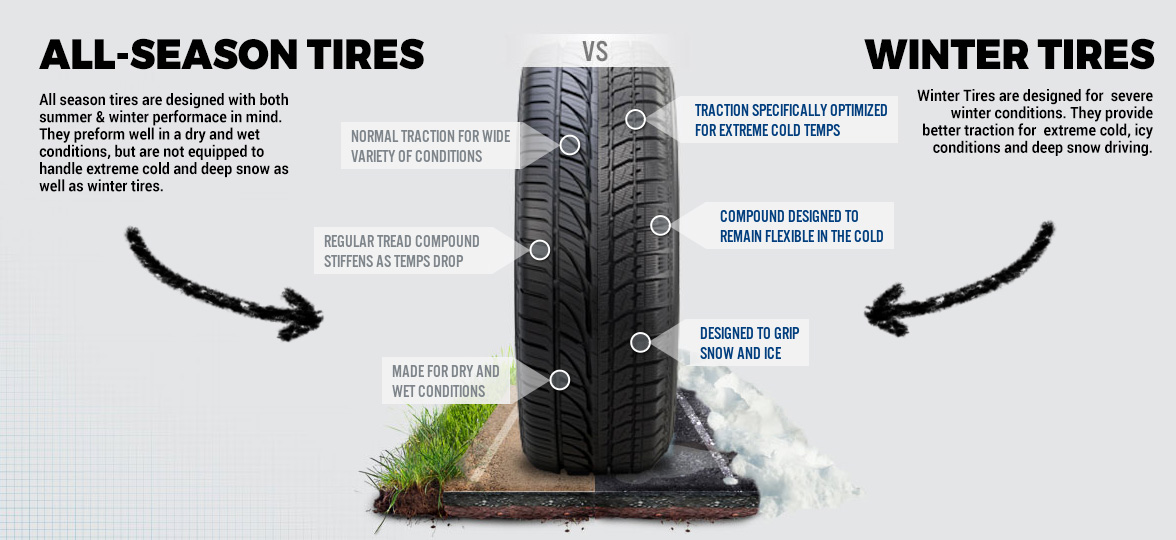 Storage in landfills leads to the reproduction of rodents and insects, which are sources of dangerous infections. To avoid the deterioration of the environmental situation in Russia and abroad, proper disposal is required, namely, waste processing. Without constant recycling, an environmental crisis could set in very soon.
Storage in landfills leads to the reproduction of rodents and insects, which are sources of dangerous infections. To avoid the deterioration of the environmental situation in Russia and abroad, proper disposal is required, namely, waste processing. Without constant recycling, an environmental crisis could set in very soon.
Contents
Recycling is also economically beneficial. From car tires, you can get various types of valuable recyclable materials, as well as produce a huge amount of finished products. Waste rubber powder of a very fine fraction (about 0.2 mm) is used to produce new car tires and rubber shoes , this secondary resource is popular in Russia and the CIS countries.
Powder from coarser waste is used in the production of composite roofing materials, rubber-bitumen mastic, waterproofing materials, and rubber coatings.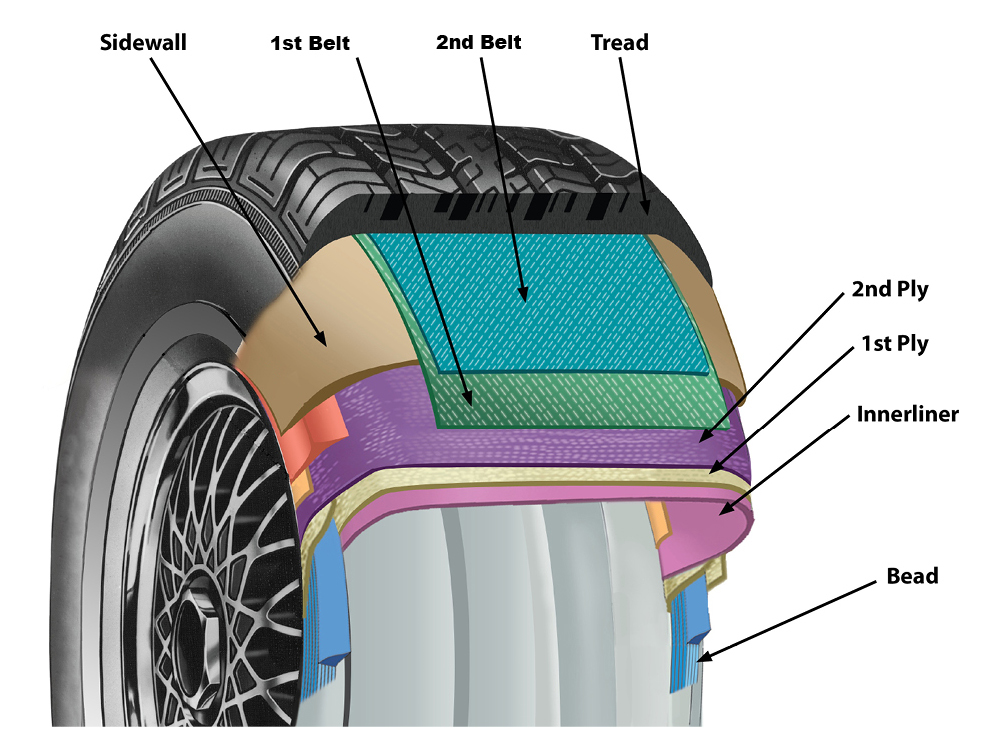 Scrap metal is obtained from a metal cord, which is also used by Russian entrepreneurs. Also, textiles and rubber are obtained from tires.
Scrap metal is obtained from a metal cord, which is also used by Russian entrepreneurs. Also, textiles and rubber are obtained from tires.
Especially active and advanced people have the opportunity to recycle rubber with their own hands. What is needed for this? Spent chambers, tires, tires and a little ingenuity. Recycling tires into crumbs at home is a rather complicated undertaking. According to their properties, cameras from old tires are more suitable. They are softer and more easily amenable to external influences.
In one scenario, the rubber should be cooled down to around -75°C. Agree, not everyone has such an opportunity. Therefore, we will use the traditional scenario:
The rubber grinder in this case is an ax or scissors.
The most professional method.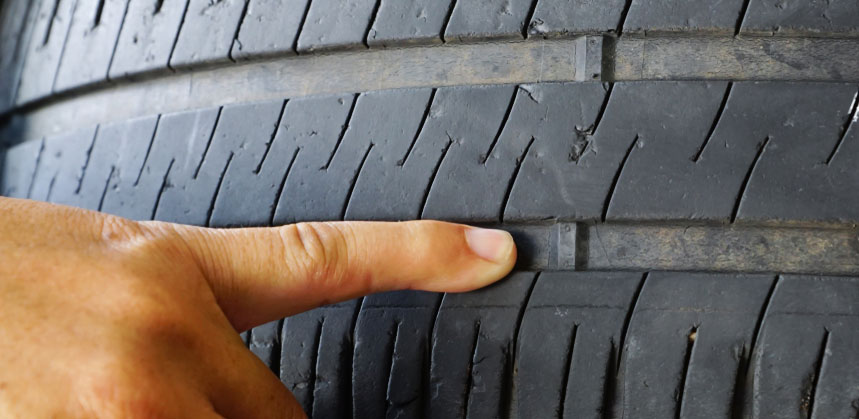 The technological line is a sequence of installed working devices, overcoming which the material becomes a finished product.
The technological line is a sequence of installed working devices, overcoming which the material becomes a finished product.
Processing into crumb rubber goes through three stages:
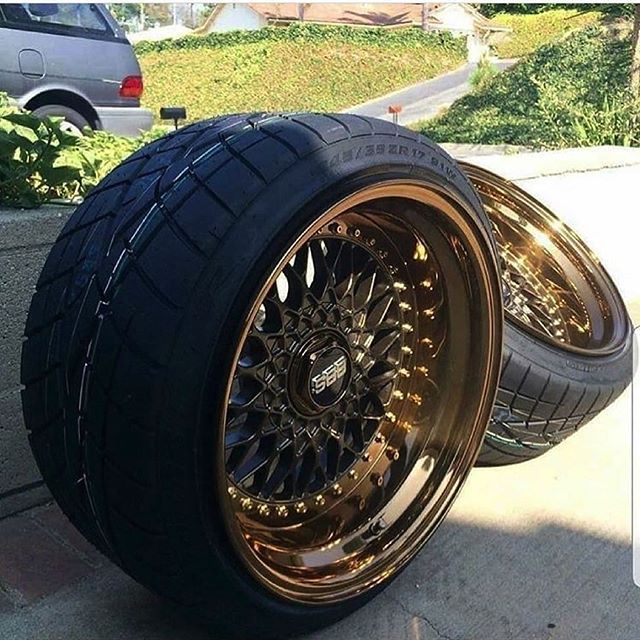 At this stage of tire recycling, additional cleaning of crumbs from textiles and metal is also carried out using a gravity separator. After that, the crushed rubber crumb is divided into fractions and packed in polyethylene bags of 20 kg or in big bags (soft containers) with a carrying capacity of up to 1000 kg.
At this stage of tire recycling, additional cleaning of crumbs from textiles and metal is also carried out using a gravity separator. After that, the crushed rubber crumb is divided into fractions and packed in polyethylene bags of 20 kg or in big bags (soft containers) with a carrying capacity of up to 1000 kg. Today there are a sufficient number of manufacturers of this equipment on the Russian market.
In the chemical processing, tires are pyrolyzed. With this processing method, the thermal decomposition of rubber into its constituent elements occurs. Tires are pre-crushed into a homogeneous mass and sent to an oven, where they decompose at a temperature of 500 - 800 ° C. This procedure lasts 10 - 20 minutes. In the process of thermal decomposition of rubber, about 50% hydrogen and 26% methane are formed, as well as solid pyrolysis products, which are then used in wastewater treatment at wastewater treatment plants in Russia.
There is also an effective, but expensive physico-chemical method of processing tires into crumb rubber - cryogenic grinding of car tires. Crushing of rubber is carried out in a special cooling chamber at extremely low temperatures (up to -120 °C). This chamber is supplied with a refrigerant (liquid nitrogen) that cools to ultra-low temperatures. In conditions of strong cooling, the rubber acquires a glassy state. Crushing of rubber occurs when struck with a special hammer. After grinding, textiles and metal are removed from crumb rubber.
Nowadays there are many mini tire recycling plants. The business plan for recycling car tires is quite simple. Its implementation will require modern tire recycling equipment, warehouse equipment, fuel tanks, tools and overalls for workers, as well as equipment installation costs. It is necessary to register an enterprise and a license that will allow you to engage in this type of activity. Starting this business will require significant start-up capital.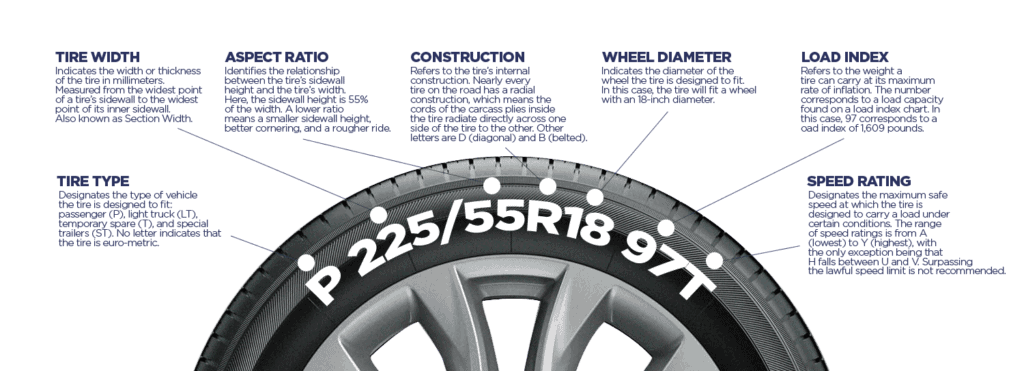
Rubber is one of the most common materials today. Over time, the main characteristics can be significantly reduced. A fairly common question is how to soften the rubber. A similar procedure can be performed independently at home, it is important to follow all the recommendations.
Search for data on your request:
Schemes, reference books, datasheets:
Price lists, prices:
Discussions, articles, manuals in all bases Content: WATCH THE VIDEO ON THE TOPIC: IS THE TIRE BURNED? HOW TO RESTORE ELASTICITY and soften hardened rubber With the modern development of the network of car services, many car owners prefer to entrust minor repairs and maintenance of their car to professionals, the work is relatively inexpensive, in many cases it is easier and easier to drive the car to the service station. Nevertheless, rubber vulcanization is often done by hand; it is used not only for repairing tire cuts, restoring cameras, but also for domestic purposes. The method of cold vulcanization was discovered in a year, now you can buy a set for sealing chambers in almost any car shop. For vulcanization, rubber or a special patch is used, the repair kit usually includes a cold repair of a car tire. But this method mainly helps only to get to the shimontazh, it is possible to restore the tire's performance normally only with the help of hot vulcanization. Raw rubber is a material that can change its properties under the influence of high temperature, weld a single composition with the base of a tire or chamber, turning ordinary rubber as a result of heat treatment. Hot vulcanization of tires and tubes is always carried out using a press, welding of rubber with rubber is carried out for a certain time period, the welding time of rubber depends on the depth of the area of the damaged area. Each millimeter of cut takes 4 minutes to repair, so a 3mm hole requires 12 minutes of vulcanization. But the rubber heating process itself is not limited to these minutes, here it should be taken into account that a standard industrial vulcanizer must be heated for 20 minutes, another 40 minutes are spent on heating the pressure equalization pads if they are provided for in the vulcanizer design. The standard vulcanization temperature is - degrees, and you can repair a tire, bicycle or car tube not only with a factory vulcanizer, but also with a home-made device, for this you can use household heating appliances, various own designs. Repairing a car tire with a vulcanizer is a rather laborious process that has many nuances, so let's consider the most basic points. Sealing a cut in a radial tire is done in the following order, the rubber is carefully pressed and leveled on the surface of the tire, stripping is carried out, while the repair layer should be 3 - 5 millimeters higher than the general rubber level. After that, it is necessary to remove a small layer of crude rubber from above with a grinding wheel, if the surface turned out to be loose with air, the entire repair compound should be removed from the cut, and the whole operation should be repeated again. If there is no air in the patch when filling the cut with raw rubber, the tire is sent under a hot press. In order to accurately apply pressure to the patch, it is recommended to mark the center of the damaged area with chalk. To prevent the heater plates from sticking to the rubber, it is necessary to lay thick paper or other similar material between the metal and the rubber compound. Any vulcanizer must have two important components - a heating element and a press. It is possible to make a vulcanizer from different components, the most common design options with an iron heating plate are the soleplate of a household appliance, a metal plate is laid on a spiral variant with a tile so that rubber does not stick to metal, paper or asbestos is laid between the materials. A self-made vulcanizer with an electric heater must be equipped with a thermostat so that it turns off the heater at a temperature of - degrees Celsius. As a press of the clamping device, it is most convenient to use an ordinary clamp, if the rubber begins to emit an unpleasant odor when heated, the vulcanization temperature should be slightly reduced. The piston vulcanizer works according to the following scheme. The piston vulcanizer can become an indispensable assistant when piercing the path chamber, where it will be very problematic to connect the electric heater to the mains. Vulcanization of tires and tubes primarily saves money, it is known that tire repairs are much cheaper than buying new wheels. But the restoration of rubber is not always advisable, much depends on the degree of damage. Each vulcanization method has pros and cons, so the main advantages of the cold method are the most tangible minus of cold vulcanization - low reliability of gluing even when repairing a small cut or puncture, it is not recommended to operate the car for a long time, it is advisable to drive with low tire pressure, if possible, it is better to immediately contact a tire fitting . Direct small punctures can be repaired with a fungus, but only if the angle of inclination of the damage does not exceed 25 degrees. The advantages of hot vulcanization The disadvantages of any vulcanization are the need for balancing after repair work, the impossibility of restoring rubber in case of serious damage. And basically, do-it-yourself vulcanization is still performed as a temporary measure, for example, to get to your destination, tire fitting should be trusted to experienced craftsmen, if only for your own safety. Cold vulcanization of rubber at home sam. Related photo. I don't think I'll reveal a big secret by saying that everything in the world becomes useless over time. Everything loses its original properties. For example, rubber, over time it becomes stiff and loses its elasticity. But this is not a reason to thoughtlessly throw it away. What is it for in the first place? However, rubber vulcanization is often done by hand, and is used not only for repairing tire cuts, restoration. Rubber is considered one of the most common materials today. Over time, the main characteristics can be significantly reduced. A fairly common question is how to soften the rubber. A similar procedure can be performed independently at home, it is important to follow all the recommendations. All materials lose their performance over time. Often you can find a situation where the rubber becomes too hard and loses its elasticity. If desired, you can restore the basic properties of the material, it is not necessary to throw it away. Tubeless tires are most often used on modern passenger cars. They have a number of advantages and, due to their lower weight, reduce the load on the undercarriage of the machine. In addition, they are easy to maintain and repair. Serious repair of tubeless tires at home is problematic. The default operation of a vehicle includes not only its use for personal or work purposes, but also regular maintenance for the perfect functioning of the car. The use of specialized winter tires is a mandatory requirement that is relevant for many Russian regions. Rubber designed for the cold season is more elastic. Adapted to work at extremely low temperatures, it provides better grip on asphalt and difficult surfaces, whether it is ice or snow. The summer analogue in such conditions will simply freeze, the car will begin to slip, slip, and the risk of an accident will greatly increase. Buying a new set of tires is an expensive pleasure, it is not surprising that many drivers have a question, how to restore studs on winter tires on their own? The idea of retreading old tires came to Russia from Europe. The restored protector does not differ from the original factory one. The fact is that only the pattern wears out during operation, while the wheel frame is almost eternal, and it can be used several times. Tire Retreading Methods There are two methods for retreading an old tire - hot welding and cold welding. We fix tire punctures at home and are suitable for restoring the integrity of tube and tubeless tires. Shock absorbers, belts, rubberized fabrics and many different parts for automotive and household appliances. If they are worn out, try to restore their elasticity with kerosene. This is the proven and most commonly used method. Pour some kerosene into an enamel bowl, put a piece of rubber in it, and let it sit there for an hour. Even if you use the most durable tires, nothing insures you against the risk of running into a nail or other sharp object on the road. This is fraught with various mechanical damages that violate the tightness of the chamber. But what to do if the puncture is insignificant, and there is not enough money for repairs in a special service and, moreover, the purchase of new tires? Fortunately, for such cases, modern means have been invented to repair small damage.
Upon completion, a link will appear to access the found materials.
How to restore tire cord
 Another point - using the cold method, you can repair rubber with longitudinal damage of no more than 35 mm, with transverse damage - no more. The repair kit often comes with instructions that describe the entire technology for repairing cameras and car tires.
Another point - using the cold method, you can repair rubber with longitudinal damage of no more than 35 mm, with transverse damage - no more. The repair kit often comes with instructions that describe the entire technology for repairing cameras and car tires. 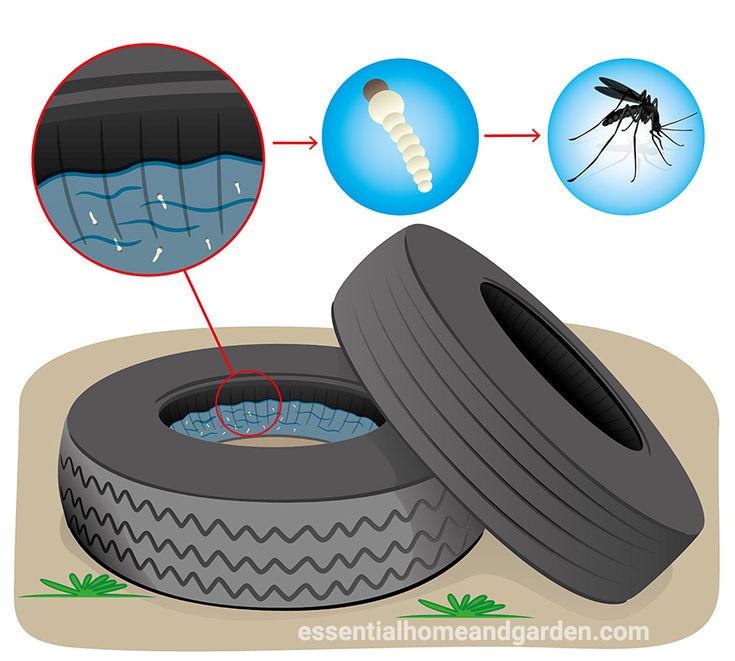
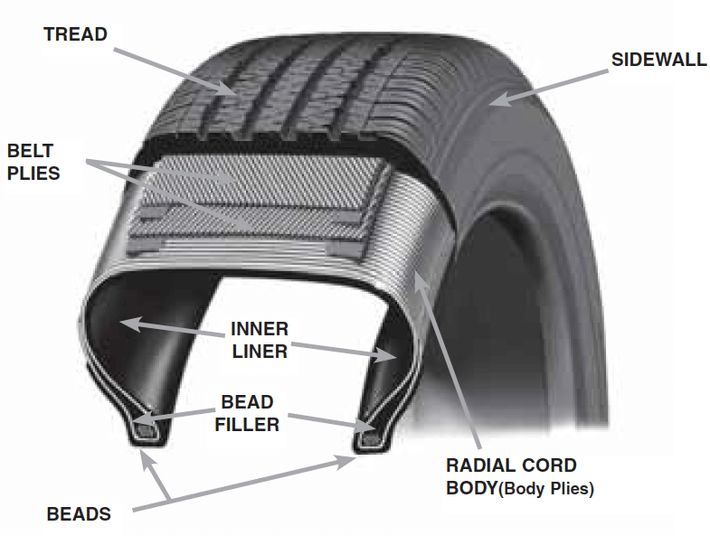
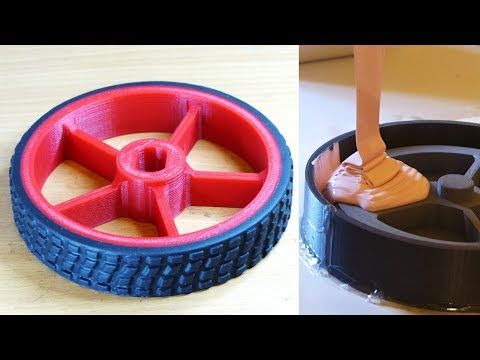 The most ideal homemade option is an iron with a thermostat plus a clamp; for the manufacture of such a simple device, a minimum of design and financial costs are required.
The most ideal homemade option is an iron with a thermostat plus a clamp; for the manufacture of such a simple device, a minimum of design and financial costs are required. 
What is bicycle rubber vulcanization at home?

Do-it-yourself blackening of tires: what and how to blacken rubber correctly
How to melt rubber at home?
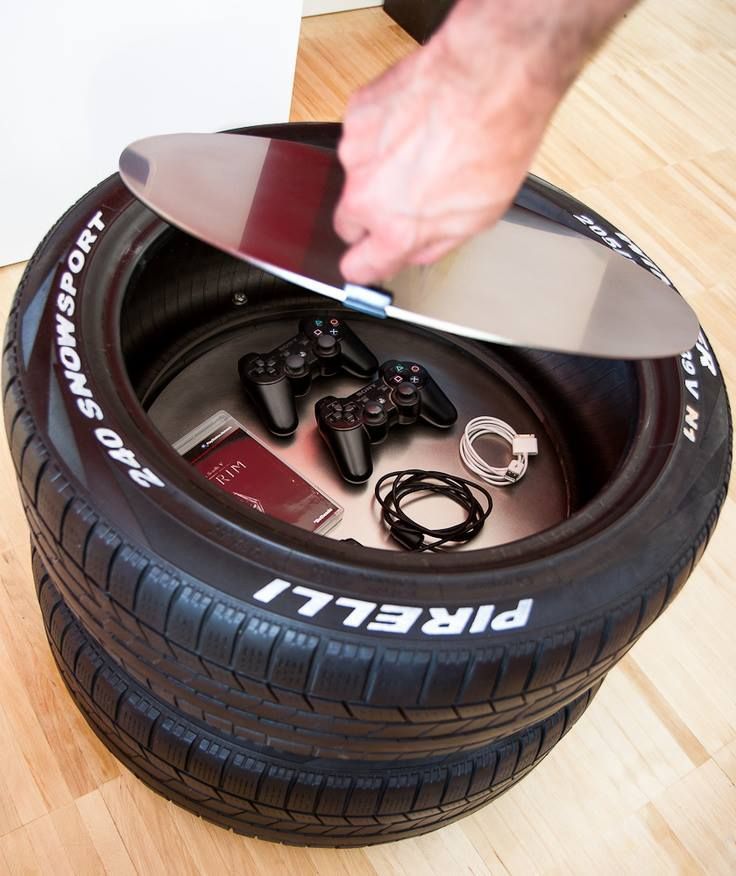
We fix tire punctures at home
How to soften rubber at home
 Cold welding method. Restoration of tires in a cold way can be carried out if the tire carcass is preserved. Before starting the retreading procedure, the specialist carefully examines the carcass.
Cold welding method. Restoration of tires in a cold way can be carried out if the tire carcass is preserved. Before starting the retreading procedure, the specialist carefully examines the carcass. 